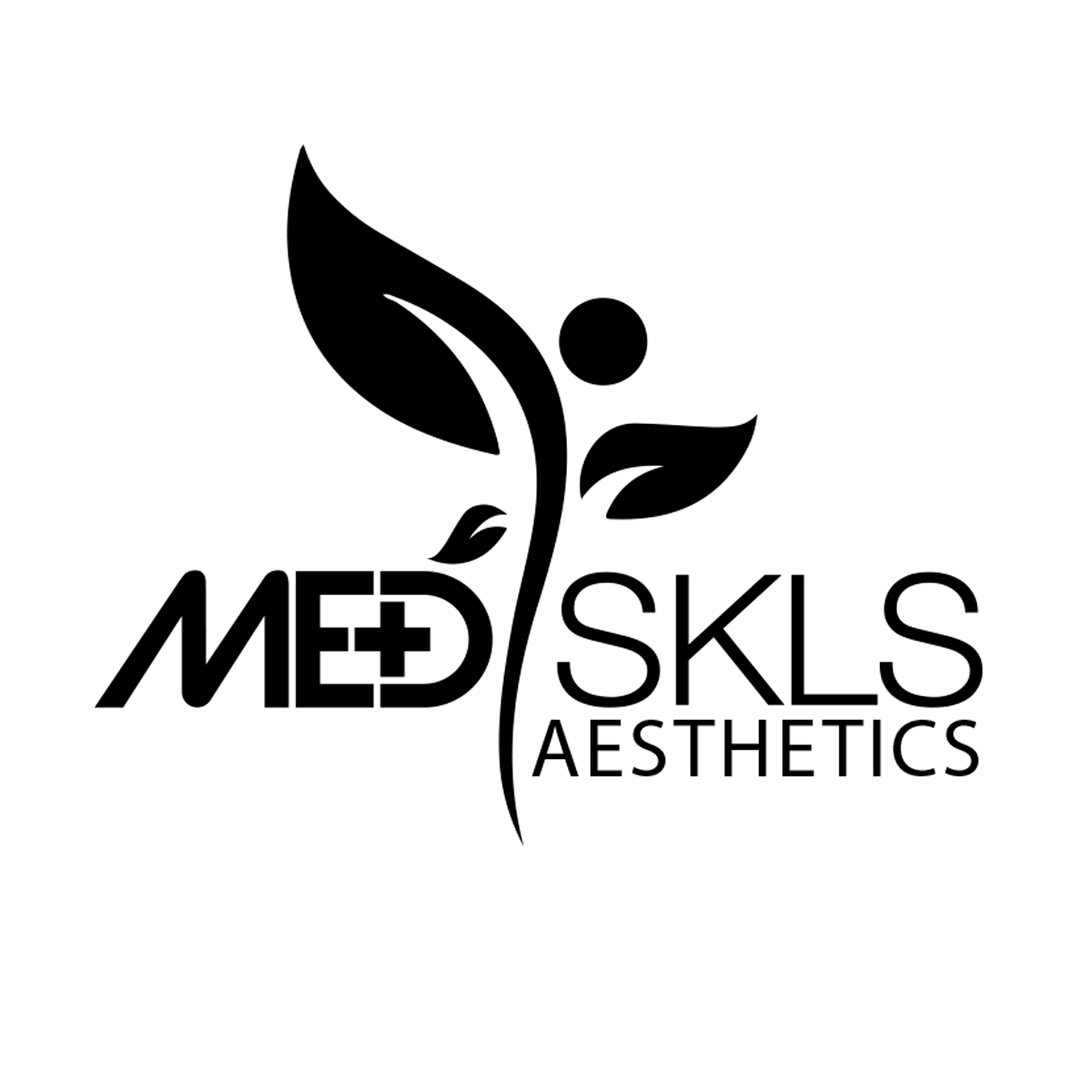At Arpasoft, we deliver expert technical content writing services in Pakistan, designed to translate complex information into clear, engaging, and user-friendly formats. Whether you need whitepapers, API documentation, case studies, or product guides—our team ensures accuracy and readability across all formats.
Technical Content Services Overview
Technical content services encompass a broad range of offerings tailored to meet the informational and instructional needs of various industries. Here’s an overview:
- Technical Documentation & Manuals : User guides, software manuals, API references, SOPs, and engineering documents crafted for clarity and precision.
- Whitepapers & Case Studies : Well-researched industry insights, ROI-focused case studies, and thought leadership pieces that drive credibility and awareness.
Why Choose Arpasoft?
Crafting compelling technical content involves a blend of clear communication, depth of knowledge, and engaging presentation. Here’s a step-by-step guide to help you create compelling technical content:
- Expertise You Can Trust : Our content writers collaborate with engineers and product teams to produce accurate, detailed, and polished documentation.
- Clear Communication, Complex Technicalities Made Simple : We make technical ideas accessible—bridging gaps between developers and decision-makers.
- SEO‑Friendly & Audience‑Focused : We incorporate relevant keywords, structured formatting, and clear headings to support both indexing and user experience.
Our Creative Process
2025 Statistics
%
On-Time
%
Satisfaction Rate
/7


